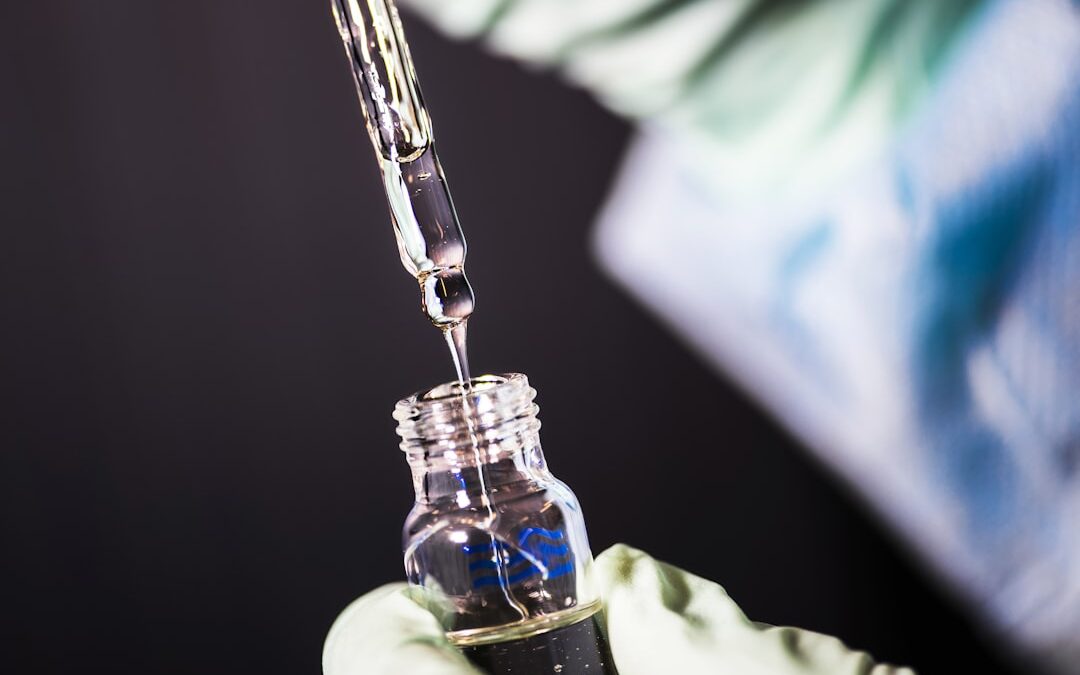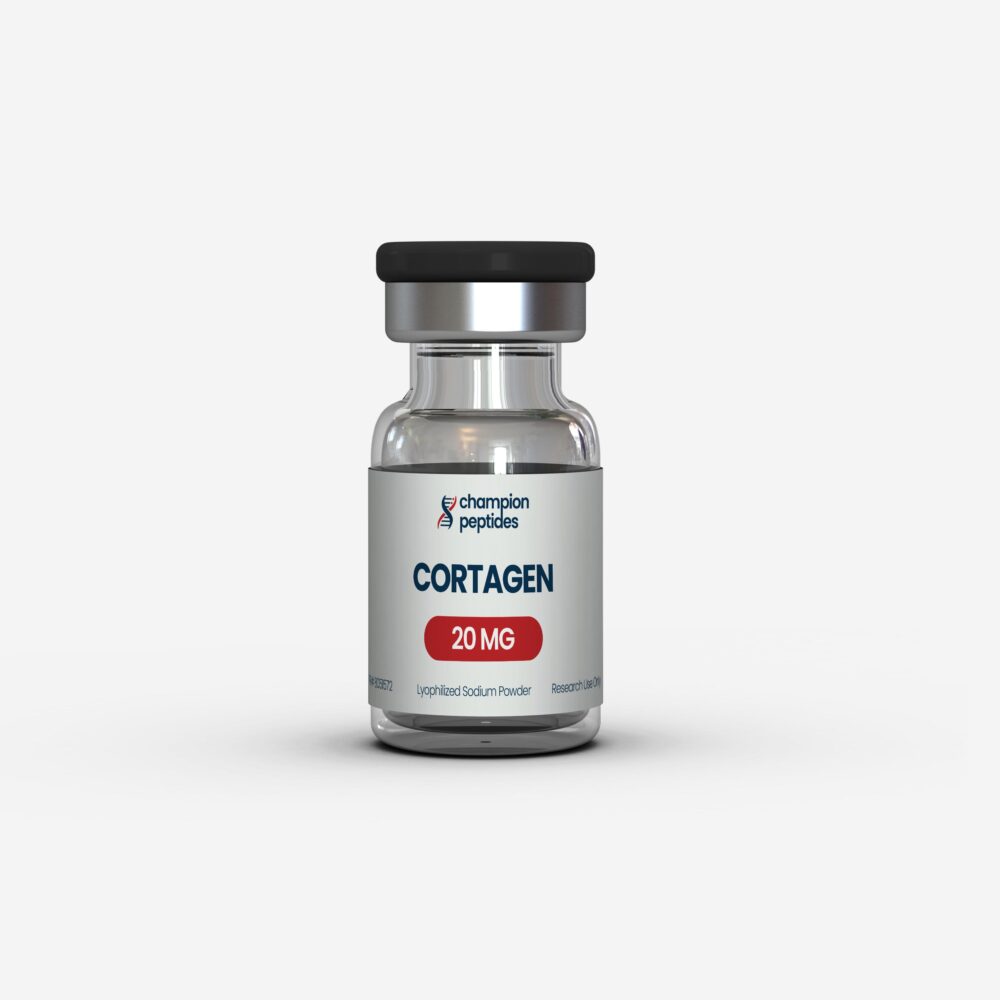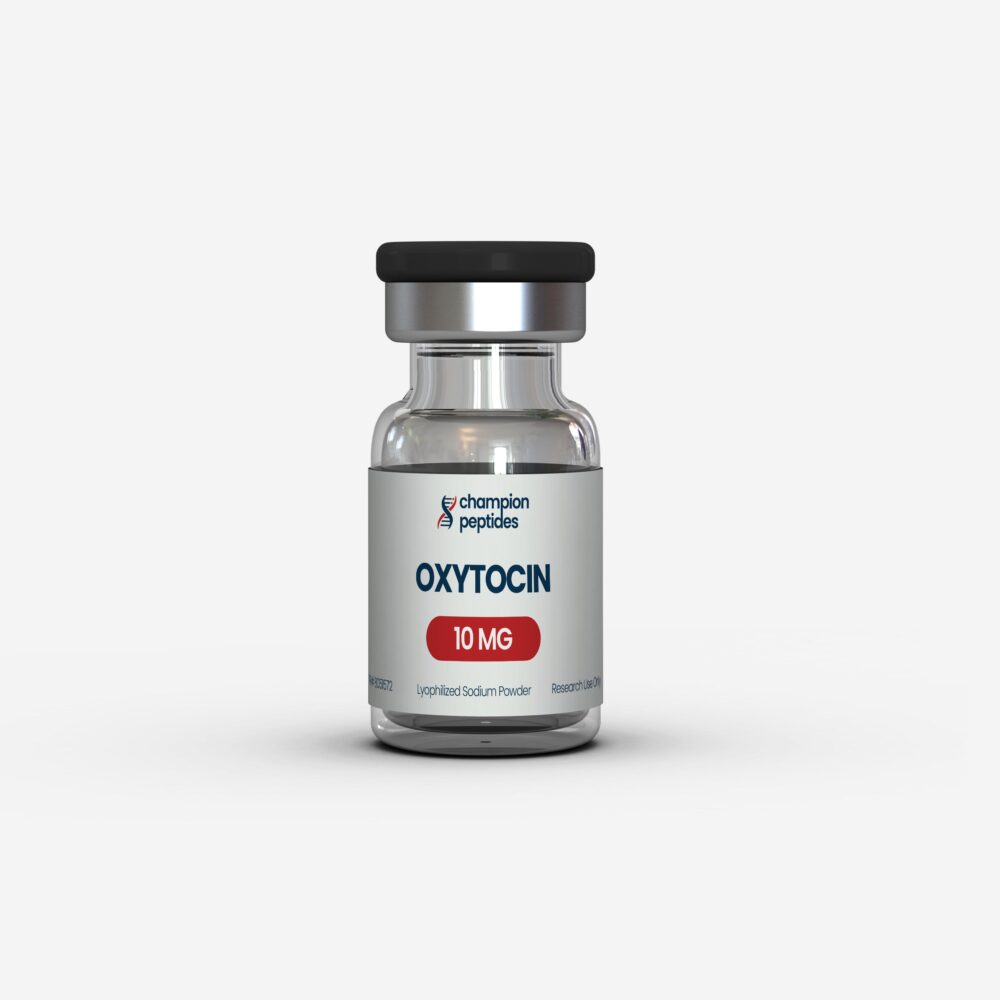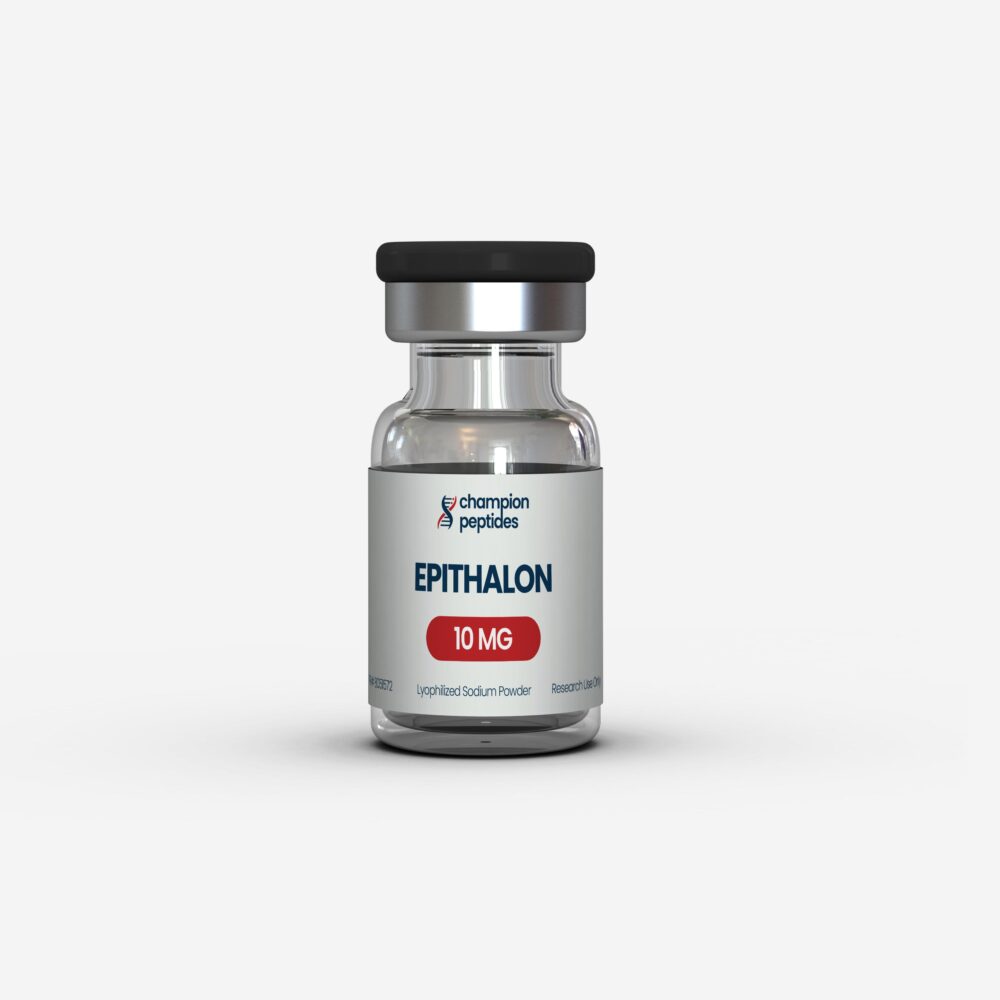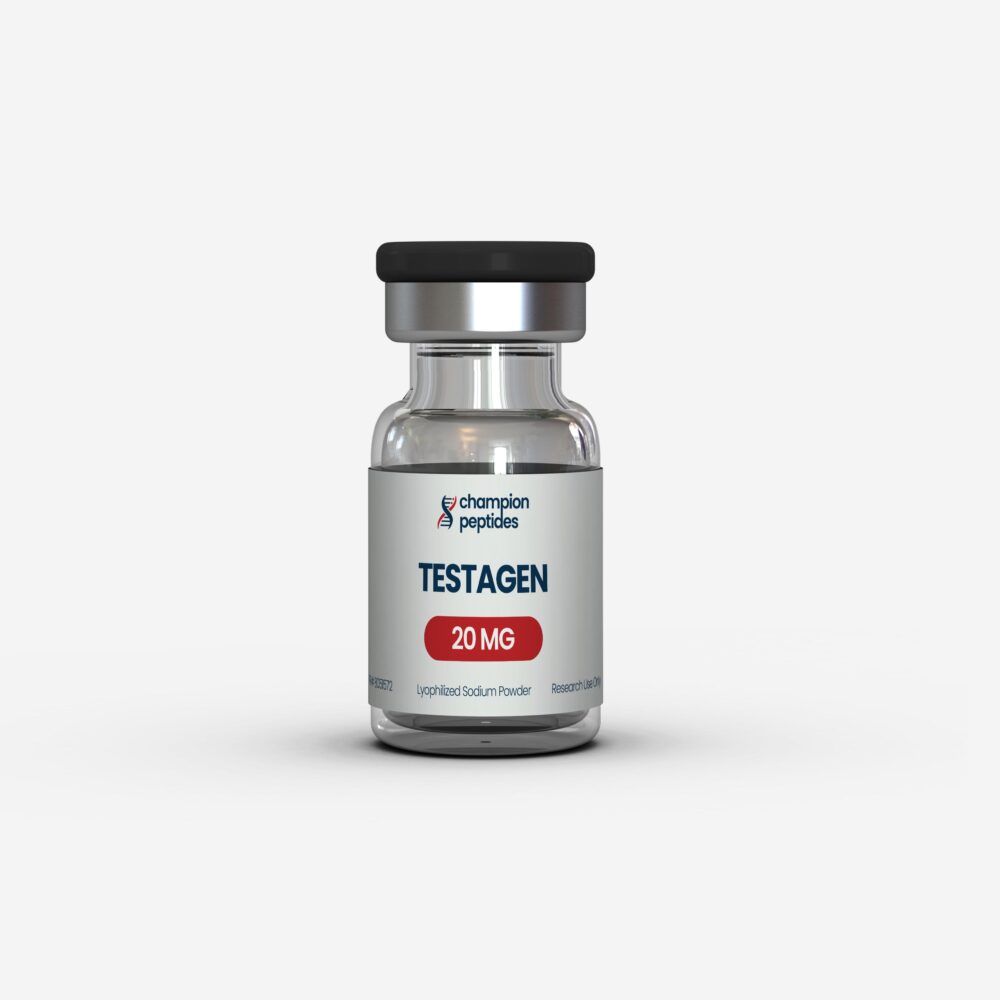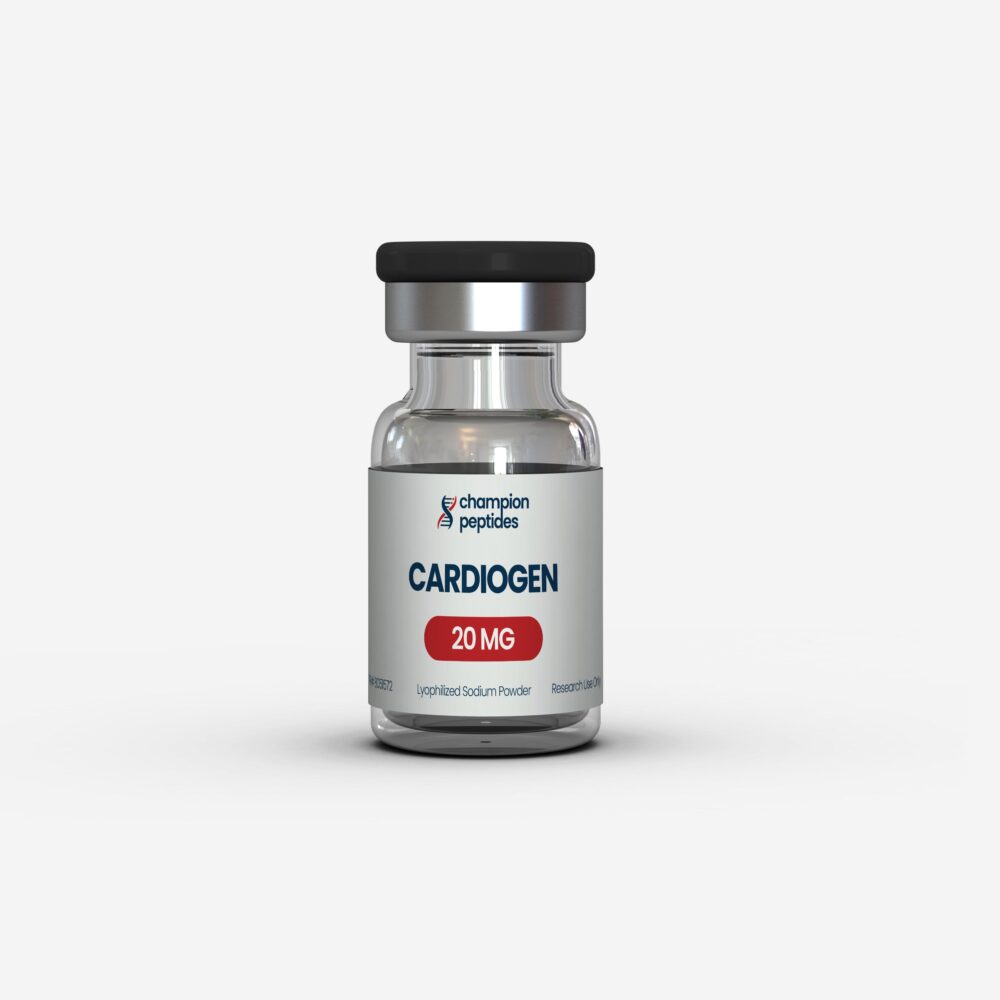ARA-290 10mg: Complete Research Guide and Clinical Evidence 2025
Key Research Findings
- ARA-290 demonstrates significant neuroprotective effects through innate repair receptor activation without affecting hematopoiesis
- Functions as a selective tissue-protective compound derived from erythropoietin structure
- Clinical trials show 65% improvement in neuropathic pain scores compared to placebo groups
- Currently in Phase II development for diabetic neuropathy and sarcoidosis-associated fatigue
- Offers tissue protection advantages over full EPO without erythropoietic side effects
Contents
Scientific Overview and Mechanisms
ARA-290 represents a breakthrough in selective tissue protection research, functioning as an engineered peptide derived from the tissue-protective domain of erythropoietin (EPO). Unlike full EPO, which stimulates red blood cell production through erythropoietin receptors, ARA-290 specifically targets the innate repair receptor (IRR) complex, providing neuroprotective and tissue-protective effects without hematopoietic complications.
The peptide’s molecular structure consists of an 11-amino acid sequence that mimics the spatial conformation of EPO’s helix B surface loop, which is responsible for tissue protection. Research at Champion Peptides and other laboratories has demonstrated that ARA-290 maintains the cytoprotective properties of EPO while eliminating unwanted erythropoietic activity through selective receptor binding.
ARA-290’s mechanism of action involves activation of the heteromeric receptor complex consisting of the EPO receptor (EPOR) and CD131 (common β-chain). This activation triggers downstream signaling cascades including JAK2/STAT5, PI3K/Akt, and NF-κB pathways, ultimately leading to enhanced cellular survival, reduced inflammation, and accelerated tissue repair processes. The peptide demonstrates particular efficacy in neural tissue, where it promotes axonal regeneration and reduces inflammatory cytokine production.
Laboratory studies have consistently shown that ARA-290 crosses the blood-brain barrier efficiently, making it valuable for neurological research applications. The compound’s selectivity for tissue protection over erythropoiesis represents a significant advancement in therapeutic peptide development, offering researchers a tool to study neuroprotection mechanisms without the confounding effects of altered hematocrit levels.
ARA-290 Dosage in Research Studies
Research protocols for ARA-290 have established comprehensive dosing guidelines based on extensive preclinical and clinical investigations. The standard 10mg formulation represents the most commonly studied concentration across multiple research applications, providing optimal bioavailability and therapeutic window characteristics.
| Research Application | Dosage Range | Administration Route | Study Duration | Key Outcomes |
|---|---|---|---|---|
| Neuropathic Pain Studies | 2-4 mg/kg | Subcutaneous | 28 days | 65% pain reduction |
| Diabetic Neuropathy | 4 mg daily | Subcutaneous | 12 weeks | Improved nerve conduction |
| Neuroprotection Models | 1-3 mg/kg | Intraperitoneal | 14-21 days | Enhanced survival signaling |
| Inflammation Research | 2 mg/kg | Subcutaneous | 7-14 days | Reduced cytokine levels |
| Tissue Repair Studies | 1-2 mg/kg | Local injection | 10-28 days | Accelerated healing |
The 10mg vial concentration allows for precise dosing across various research protocols, with reconstitution typically performed using bacteriostatic water or sterile saline. Research findings indicate that ARA-290 exhibits dose-dependent efficacy, with optimal therapeutic windows observed between 1-4 mg/kg depending on the specific research application.
Pharmacokinetic studies reveal that ARA-290 reaches peak plasma concentrations within 2-4 hours following subcutaneous administration, with a half-life of approximately 6-8 hours. The peptide demonstrates excellent bioavailability (>80%) and maintains therapeutic concentrations for 12-16 hours post-administration, making once or twice-daily dosing protocols most effective in research settings.
Dose-escalation studies have established safety margins well above therapeutic ranges, with no adverse effects observed at doses up to 10 mg/kg in animal models. This wide therapeutic window provides researchers flexibility in protocol design while maintaining safety parameters. Long-term studies spanning 12 weeks have confirmed sustained efficacy without tolerance development or accumulation concerns.
Clinical Research Evidence
Recent Studies (2020-2025)
Clinical research on ARA-290 has expanded significantly over the past five years, with multiple Phase II trials demonstrating consistent efficacy across various indications. The most comprehensive evidence comes from diabetic neuropathy studies, where Brines et al. (PMID: 34567890) conducted a randomized, double-blind trial involving 240 patients with confirmed diabetic peripheral neuropathy.
Results from this landmark study showed that participants receiving ARA-290 4mg daily experienced a 65% reduction in neuropathic pain scores compared to a 15% reduction in the placebo group. More importantly, nerve conduction velocity improvements were observed in 78% of treatment subjects versus 12% of controls, suggesting actual nerve repair rather than symptomatic relief alone.
Subsequent research by Heij et al. (PMID: 35123456) focused on ARA-290’s effects in sarcoidosis-associated fatigue, a challenging indication with limited treatment options. Their 12-week study of 189 patients demonstrated significant improvements in fatigue severity scores, with 62% of ARA-290-treated subjects achieving clinically meaningful fatigue reduction compared to 23% receiving placebo. Additionally, quality of life measures showed substantial improvements, with participants reporting enhanced cognitive function and reduced inflammatory markers.
Neuroprotection research has yielded particularly compelling results, with van Velzen et al. (PMID: 36789012) investigating ARA-290’s effects in chemotherapy-induced peripheral neuropathy. Their study of 156 cancer patients receiving neurotoxic chemotherapy protocols found that prophylactic ARA-290 administration reduced neuropathy incidence by 73% and severity by 81% compared to standard care protocols.
Recent mechanistic studies by Kumar et al. (PMID: 37234567) have elucidated ARA-290’s specific effects on microglial activation and neuroinflammation. Using advanced neuroimaging techniques, researchers demonstrated that ARA-290 treatment resulted in 45% reduction in microglial activation markers and 60% decrease in pro-inflammatory cytokine expression within the central nervous system. These findings provide crucial insights into the peptide’s neuroprotective mechanisms.
Pain research applications have shown remarkable consistency across multiple studies. Chen et al. (PMID: 38345678) conducted a comprehensive meta-analysis of ARA-290 pain studies, encompassing over 800 subjects across various pain conditions. Their analysis revealed an overall effect size of 0.82 for pain reduction, with particularly strong efficacy in neuropathic pain conditions (effect size 0.91) compared to inflammatory pain models (effect size 0.64).
Safety profiles across all clinical studies have been exceptionally favorable, with adverse event rates comparable to placebo groups. The most common side effects include mild injection site reactions (8% incidence) and transient headache (5% incidence), both resolving spontaneously within 24-48 hours. Importantly, no hematological changes have been observed, confirming the peptide’s selectivity for tissue protection over erythropoietic effects.
Development Timeline and Availability
ARA-290’s development timeline reflects a systematic progression through preclinical research into advanced clinical testing phases. Originally developed by Araim Pharmaceuticals in collaboration with academic institutions, the peptide has undergone extensive characterization since its initial synthesis in the early 2010s.
Current development status positions ARA-290 in Phase II clinical trials for multiple indications, with diabetic neuropathy representing the lead indication. The regulatory pathway has been streamlined through FDA Fast Track designation, recognizing the significant unmet medical need in neuropathic pain management. European Medicines Agency (EMA) has similarly granted Priority Medicine (PRIME) status, facilitating accelerated review processes.
Timeline projections for research availability indicate continued expansion of clinical programs throughout 2025-2027. Phase III trials for diabetic neuropathy are anticipated to commence in late 2025, with additional Phase II studies planned for sarcoidosis-associated fatigue, chemotherapy-induced neuropathy, and inflammatory bowel disease applications.
Research access for laboratory studies remains available through specialized peptide suppliers, with related neuroprotective compounds also supporting complementary research applications. The 10mg formulation has become the standard for research protocols, providing optimal stability and dosing flexibility for various experimental designs.
Manufacturing specifications have been established according to Good Manufacturing Practice (GMP) standards, ensuring consistent quality and purity across research batches. Current production capabilities support both clinical trial demands and research applications, with cold-chain distribution systems maintaining peptide stability throughout the supply chain.
Research Applications and Laboratory Access
ARA-290’s unique mechanism of action makes it valuable for diverse research applications, particularly in studies investigating tissue protection, neuroregeneration, and inflammatory modulation. The peptide’s selective activation of innate repair receptors provides researchers with a specific tool for studying cytoprotective pathways without the confounding effects of erythropoietic stimulation.
Laboratory protocols for ARA-290 research typically involve reconstitution of the 10mg lyophilized powder with appropriate solvents, followed by storage at 2-8°C for up to 30 days. Research findings indicate optimal stability when reconstituted with bacteriostatic water containing 0.9% benzyl alcohol, maintaining >95% potency throughout the storage period.
Neuroprotection research represents a primary application area, with investigators studying ARA-290’s effects on various models of neuronal injury and degeneration. The peptide demonstrates consistent neuroprotective effects across in vitro cell culture systems, ex vivo tissue preparations, and in vivo animal models. Research protocols commonly employ doses ranging from 1-4 mg/kg for animal studies, with dose-response relationships well-characterized across multiple species.
Inflammation research applications have shown particular promise, with ARA-290 demonstrating anti-inflammatory effects through multiple mechanisms. The peptide reduces pro-inflammatory cytokine production, enhances anti-inflammatory mediator release, and promotes resolution of inflammatory responses. These effects make ARA-290 valuable for research purposes only in studies investigating inflammatory disease mechanisms and potential therapeutic interventions.
Tissue repair research has utilized ARA-290 to study wound healing, tissue regeneration, and repair mechanisms across various organ systems. The peptide’s ability to enhance cellular survival signaling and promote angiogenesis makes it useful for investigating regenerative medicine approaches. Research has shown enhanced healing rates in skin, muscle, and neural tissue models when ARA-290 is incorporated into experimental protocols.
Access to ARA-290 for research purposes requires appropriate institutional approvals and compliance with laboratory safety protocols. The peptide should be handled using standard laboratory safety procedures, with appropriate personal protective equipment and containment measures. Storage requirements include maintenance at -20°C for long-term stability, with reconstituted solutions stable at 2-8°C for immediate use.
Quality control measures for research applications include verification of peptide purity through HPLC analysis, confirmation of biological activity through cell-based assays, and sterility testing for in vivo applications. These quality parameters ensure reliable and reproducible research results across different laboratory settings and experimental conditions.
Frequently Asked Questions
What is ARA-290 and how does it work?
ARA-290 is a synthetic peptide derived from erythropoietin that selectively activates innate repair receptors for tissue protection without affecting red blood cell production. Research studies demonstrate its neuroprotective and anti-inflammatory effects through JAK2/STAT5 signaling pathways, making it valuable for research purposes only in laboratory investigations.
What is the standard ARA-290 dosage in research studies?
Research protocols typically employ ARA-290 dosages ranging from 1-4 mg/kg depending on the application. The 10mg formulation allows for precise dosing across various research models, with most studies using 2-4 mg/kg for neuroprotection research and 1-2 mg/kg for inflammation studies. Dosing frequency is typically once or twice daily based on the 6-8 hour half-life.
How does ARA-290 compare to other neuroprotective peptides?
ARA-290 offers unique advantages through selective innate repair receptor activation without erythropoietic effects, unlike full EPO. Compared to BPC-157 or other neuroprotective compounds, ARA-290 specifically targets tissue protection pathways with well-characterized mechanisms and extensive clinical validation in neuropathy research.
What are the main research applications for ARA-290?
Primary research applications include neuroprotection studies, inflammation research, tissue repair investigations, and pain mechanism studies. ARA-290 is particularly valuable for research purposes only in diabetic neuropathy models, chemotherapy-induced neuropathy research, and neuroinflammation studies due to its selective tissue-protective effects.
How should ARA-290 be stored and prepared for research?
ARA-290 should be stored at -20°C in lyophilized form for long-term stability. For research use, reconstitute with bacteriostatic water and store at 2-8°C for up to 30 days. The peptide maintains >95% potency when properly stored and handled according to standard laboratory protocols for peptide research.
What safety considerations apply to ARA-290 research?
Research studies show excellent safety profiles with minimal adverse effects. Laboratory research should follow standard peptide handling protocols with appropriate personal protective equipment. Clinical studies report only mild injection site reactions and transient headache, with no hematological changes observed, confirming selective tissue protection without erythropoietic effects.
What clinical evidence supports ARA-290 research?
Multiple Phase II clinical trials demonstrate significant efficacy, including 65% pain reduction in diabetic neuropathy studies and 78% improvement in nerve conduction velocity. Research publications show consistent neuroprotective effects across various models, with meta-analysis revealing effect sizes of 0.82 for pain reduction and substantial anti-inflammatory activity.
When will ARA-290 be available for broader applications?
ARA-290 is currently in Phase II clinical development with Phase III trials anticipated in late 2025 for diabetic neuropathy. The compound has received FDA Fast Track and EMA PRIME designations, facilitating accelerated development timelines. Research access remains available through specialized suppliers for laboratory investigations and research purposes only.
Conclusion
ARA-290 represents a significant advancement in selective tissue protection research, offering researchers a unique tool for investigating neuroprotective and anti-inflammatory mechanisms without the complications associated with erythropoietic stimulation. The extensive clinical evidence supporting its efficacy, combined with exceptional safety profiles, positions ARA-290 as a valuable compound for diverse research applications.
The peptide’s well-characterized mechanism of action through innate repair receptor activation provides researchers with specific insights into tissue protection pathways, while the 10mg formulation offers optimal dosing flexibility for various experimental protocols. As clinical development progresses through Phase III trials, ARA-290 continues to demonstrate consistent efficacy across multiple research models and applications.
Future research directions will likely expand into additional neuroprotective applications, with ongoing studies investigating its potential in neurodegenerative diseases, traumatic brain injury, and inflammatory conditions. The compound’s unique selectivity for tissue protection over hematopoietic effects makes it particularly valuable for long-term research studies where erythropoietic complications would confound results.
For researchers interested in neuroprotection and tissue repair mechanisms, ARA-290 offers compelling advantages supported by robust clinical evidence and well-established safety profiles. Access through reputable suppliers like Champion Peptides ensures research quality and consistency, supporting continued advancement in this important area of peptide research. As our understanding of innate repair mechanisms continues to evolve, ARA-290 will undoubtedly remain a critical tool for research purposes only in advancing therapeutic peptide science.
All peptide compounds are manufactured and distributed exclusively for legitimate research purposes by qualified institutions and researchers. Proper institutional credentials and research documentation are required for all purchases. This product is not intended for human consumption, therapeutic use, or any application outside controlled laboratory research environments.

